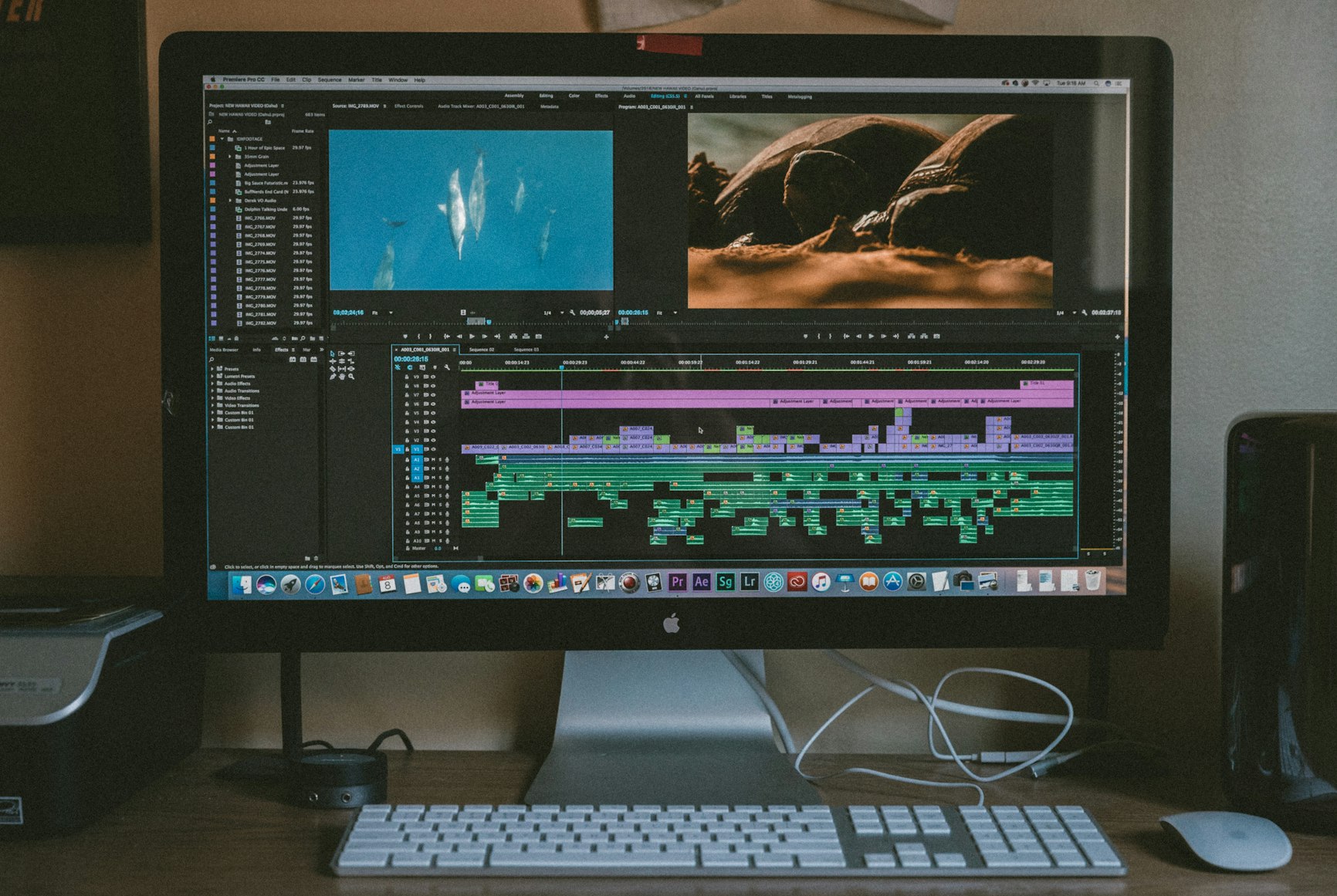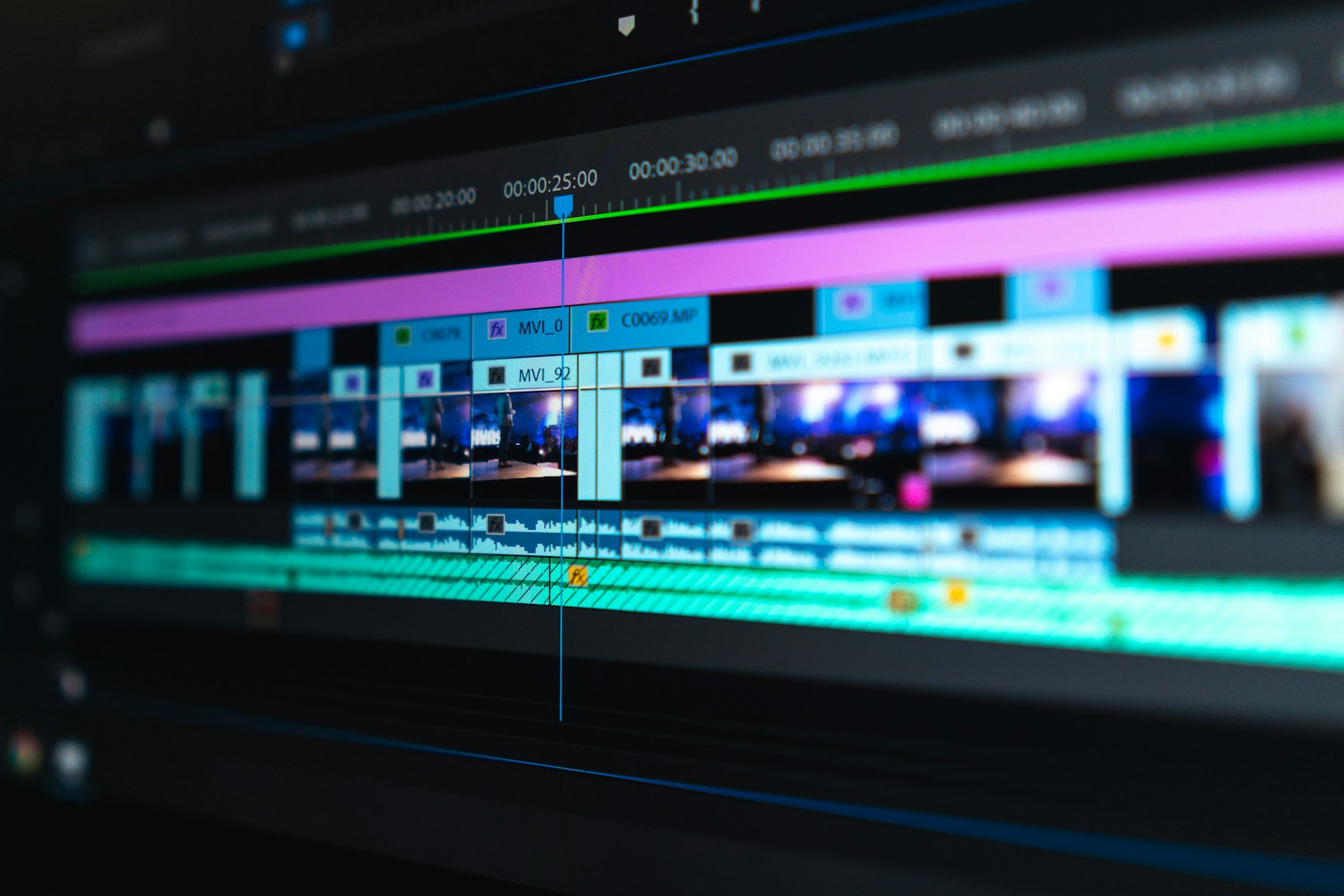
Animating characters can be both a challenging and rewarding process. With Adobe After Effects, you can create engaging and dynamic character animations that bring your stories to life. In this article, we'll cover the essential techniques and tools for animating characters in Adobe After Effects.
1. Design Your Character
Start by designing your character using a vector graphics software like Adobe Illustrator. Create each body part on a separate layer, and name them accordingly. This will make it easier to animate the individual parts in After Effects.
2. Import Your Character into After Effects
Import your character into After Effects as a composition, ensuring that you retain the layer structure from your original design. This will create a new composition with your character layers, ready for animation.
3. Set Up Your Character Rig
A character rig is essential for animating your character effectively. You can use the built-in Puppet Pin tool in After Effects or third-party plugins like DUIK or RubberHose to create a flexible rig for your character. Add pins or controllers to the key points of your character's body parts, such as joints and pivots, to control their movement.
4. Animate Your Character Using Keyframes
With your character rig in place, you can begin animating your character using keyframes. Animate the position, scale, and rotation of your character's body parts to create movement and express emotion. Start with basic poses, and then refine your animation by adjusting the timing and easing of your keyframes to create smooth and natural motion.
5. Add Secondary Animation
Secondary animation can greatly enhance the believability and appeal of your character animation. Animate elements such as hair, clothing, and accessories to react to your character's movement and create a sense of life and energy. Use techniques like overlapping action and follow-through to create more fluid and dynamic motion.
6. Utilize Expressions for Automated Animation
Expressions can be a powerful tool for automating certain aspects of your character animation, such as walk cycles or facial expressions. By writing simple expressions or using pre-built scripts, you can create complex and dynamic animations that would be time-consuming to keyframe manually.
7. Polish and Refine Your Animation
Once you've completed your initial animation pass, it's essential to refine and polish your character's movement. Spend time tweaking the timing, easing, and spacing of your keyframes to create a smooth and natural flow. Pay close attention to the arcs and paths of your character's limbs and body parts, as well as the overall weight and balance of their movement.
Conclusion
Animating characters in Adobe After Effects can be a fun and rewarding process. By following these essential techniques and using the powerful tools available in After Effects, you can create engaging and dynamic character animations that will bring your stories to life. Keep practicing and experimenting to develop your skills
and create even more impressive character animations in the future. Remember, the key to successful character animation lies in understanding the principles of animation and combining them with the powerful features of Adobe After Effects. With persistence and creativity, you'll be able to craft captivating animations that resonate with your audience and elevate your storytelling.


